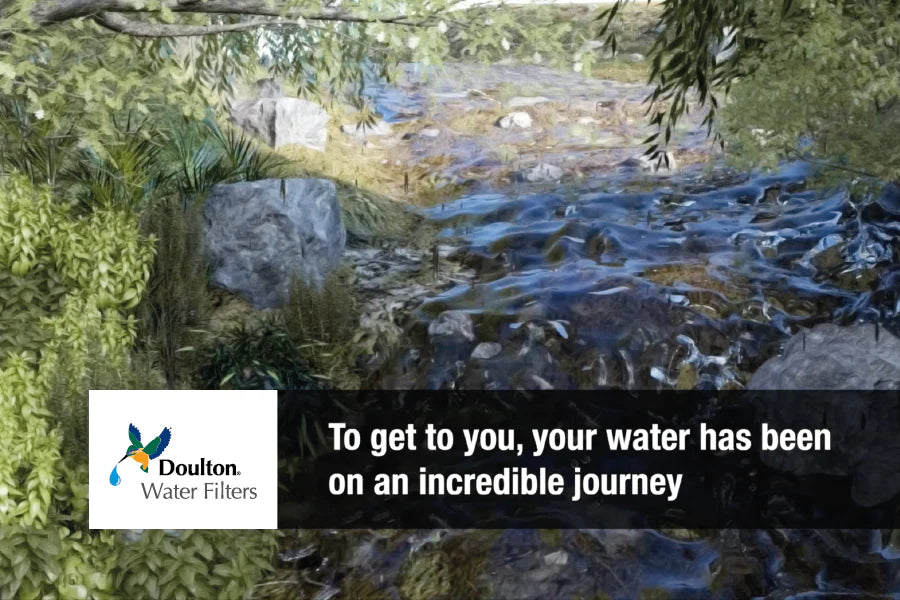The ability to turn on a tap and have clean drinking water is a wonder of modern life that a lot of us can take for granted.
How much thought do you give to how that water gets there - and what is taken away, or added, on its journey from source to tap?
Most importantly, how do we know our drinking water is clean and healthy?
Drinking water: The journey
What is the journey of water from source to tap?
Water, of course, isn't just water when it reaches the treatment plants that eventually pump it to our homes it has a number of contaminants in it.
Coming from rivers, reservoirs and lakes, the water that is destined for our drinking glasses can contain a host of bacteria and other pollutants.
Groundwater running into waterways can bring with it fertilisers, herbicides and bacteria. Untreated water can also be home to cysts, such as cryptosporidium, which can cause stomach illnesses.
Common water contaminants include:
- Ecoli
- Typhoid
- Shigella
- Nitrates
- Salmonella
Screens are the first line of defence in removing large objects that have found their way into the water, such as sticks, bricks and leaves, most particles, however, are miniscule and invisible to the human eye.
Sand-based filtration and a variety of highly scientific methods are used to push contaminants out of the water, while chemical disinfectants are added to target other bacteria.
From these processing plants water is channelled down pipes towards our taps. However at this stage, metals can also become a contaminant through rust particles and old lead pipes.
Through this network of pipes drinking water will eventually emerge from your tap - and it is here that you can add your own ultimate layer of protection.
Take control of the journey's end with a water filter
Installing a water filter will add a comprehensive solution to remove residual particles as well as contaminants that have possibly been picked up along the way. It will also reduce the chlorine used to disinfect the water.
Through a five-step filtration system Doulton's ceramic candles remove contaminants to provide fresh, clean and tasty water.
Stage 1: Micropores in the ceramic outer shell block pathogenic bacteria, waterborne cysts and particles.
Stage 2: Silver used in the filter inhibits the growth of further bacteria.
Stage 3: Activated carbon reduces disinfectants, such as chlorine along with organic chemical compounds, such as benzene, to enhance the taste and colour of drinking water.
Stage 4: Heavy metals are filtered out by reduction media.
Stage 5: Scale inhibitors prevent limescale build up.
Doulton water filters have been proven to remove up to 99.99% of contaminants added to treat water as well as heavy metals, pathogenic bacteria and cysts.
This lab-tested technology is contained in one small, simple to use ceramic water candle.
High standards are set for the quality of drinking water in the UK, but is that enough? Do you want to make sure that your water is as pure as it could be?
Tailored to your needs
Using a water filter puts you in charge of the water that comes out of your tap. Doulton Water Filters are graded to target specific contaminants that can be of concern to specific areas.
As different areas have different concerns regarding their drinking water, Doulton produces a range of water filters allowing you to choose the one most suitable to your needs.
For clean, great tasting water that will leave you with peace of mind a water filter is a must.
Take charge of your family's health by making sure you are drinking clean, pure and tasty water every time.






